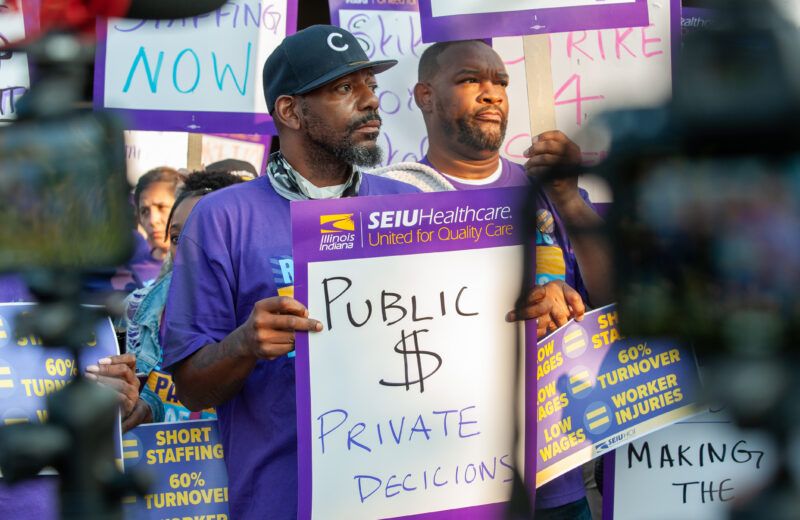Can pharma companies fight prescription drug abuse by making pills unabusable? Is this really the answer?
Our culture has become very comfortable with declaring war on things. From the war on terror to the war on trans-fats, it seems we’re always battling something into submission. So it’s surprising that the war on prescription drug abuse has only now begun to make headlines across the nation.
The Center for Disease Control and Prevention (CDC) has declared American abuse of prescription drugs an epidemic. And pharmaceutical companies have answered the call with what might be part of a solution by developing versions of certain drugs that are “unabusable.” For example, oxycodone that has been engineered to turn to gel when heated prevents it from being forced through a needle, or it is made to burn the nasal passages when crushed and snorted.
“[People] think of prescription drugs in terms of: It was prescribed by a doctor, dispensed by a pharmacist, so it must be safe,” says Dr. Gaya Dowling, acting branch chief of the Science Policy Branch at the National Institute on Drug Abuse (NIDA).
But prescription opiates, like OxyContin (oxycodone) and Vicodin (hydrocodone), can affect the brain the same way heroin does. It’s nothing to be taken lightly, yet studies show that more and more people are taking these medications all the time.
This very real threat to public health will need what Dowling calls “a multipronged approach.” Unabusable drugs “will be helpful, but it’s not enough to solve the problem. Prevention is the key.”
The Chicago Sun-Times recently published an analysis of the Drug Enforcement Administration’s prescription data, which demonstrated that the denizens of Chicago’s suburbs consume up to four times more prescription opiates than those living in the city. In fact the highest rates of individual consumption were found in some of the most affluent areas outside the city.
The Journal of the American Medical Association just released the first national study of growing opiate abuse (including prescription drugs) among pregnant women. The study shows that more than 13,000 infants born in 2009 demonstrated signs of opiate withdrawal; three times as many as a decade ago.
The DEA keeps records of the number of prescriptions written nationwide for oxycodone and hydrocodone. An analysis of this data by the Associated Press found that between 2000 and 2010, the number of prescriptions written for oxycodone rose 275 percent. Prescriptions were up 148 percent for hydrocodone.
Dowling says this increase in prescriptions stems partly from the fact that “there’s been a stronger emphasis on primary care addressing pain, but there hasn’t been a [correlating increase in education]. When it comes to pain education and substance abuse education, physicians and pharmacists don’t get sufficient training in school.”
NIDA is developing educational resources for medical students as well as practicing doctors; encouraging “screening patients before [the doctors] prescribe and monitoring after they prescribe, to see if there are any signs of abuse,” says Dowling. “Doctors are in a unique position to identify some of these people who may not think that they need treatment.”
Prevention is easier prescribed than delivered. But Dowling recommends targeting teens and even kids. You can do a “prevention intervention” with kids as young as first grade, and it will reduce the chances of them misusing drugs, Dowling explains.
NIDA is trying to reach a younger and social-media–savvy crowd with their program PEERx, an online hub designed to encourage teens to influence one another in a positive way. It’s an honorable effort, but it isn’t exactly cool. Not like pills that turn into gel.
The fact of the matter is that if an abuser wants to abuse, the abuser will find a way, no matter what. There’s always a way to get your fix, prescription or otherwise. Like the way teenagers in California have found a way to cook down hand sanitizer, separating the gel from the alcohol and getting drunk. And one can always just swallow more pills rather than spend the time crushing them up.
There probably isn’t one answer to the growing prescription abuse epidemic, but one thing is for sure; changing the form of the drug will not win the war.












